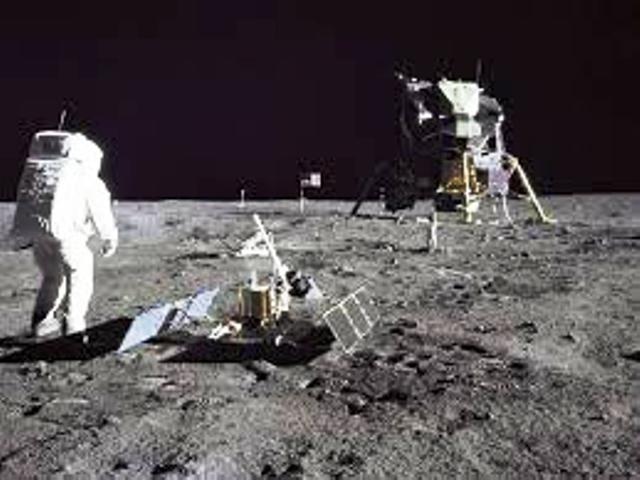
The new moon occurs Thursday (June 10) at 6:52 a.m. EDT (1052 GMT), and it brings with it a solar eclipse at least partially visible over a large part of the Northern Hemisphere. Two days later the moon makes a close pass to Venus, while an active meteor shower graces the predawn skies.
Solar eclipses occur when the moon is directly between the Earth and sun, at the new moon. Technically, a new moon means the sun and moon share the same celestial longitude, a projection of the Earth’s longitude lines onto the sky. This position is also known as a conjunction. Usually the new moon passes near, but not in front of, the sun because its orbital plane isn’t perfectly lined up with that of Earth; it’s about five degrees off. Sometimes, though, the two line up, and the result is a solar eclipse.
During an eclipse the moon blocks the entire solar disk as viewed from a narrow path on the Earth’s surface; this is a consequence of the moon being just far away enough that it appears to be almost the same size as the sun in the sky — it means you have to be directly “under” the moon in the path of its shadow to see it block the sun completely. Observers outside of that relatively narrow path will see a partial eclipse, where the moon only covers part of the sun





